Indigenous advocacy leads to largest dam removal project in US history
Four dams are being demolished along the Klamath River in northern California, as salmon populations plummet.
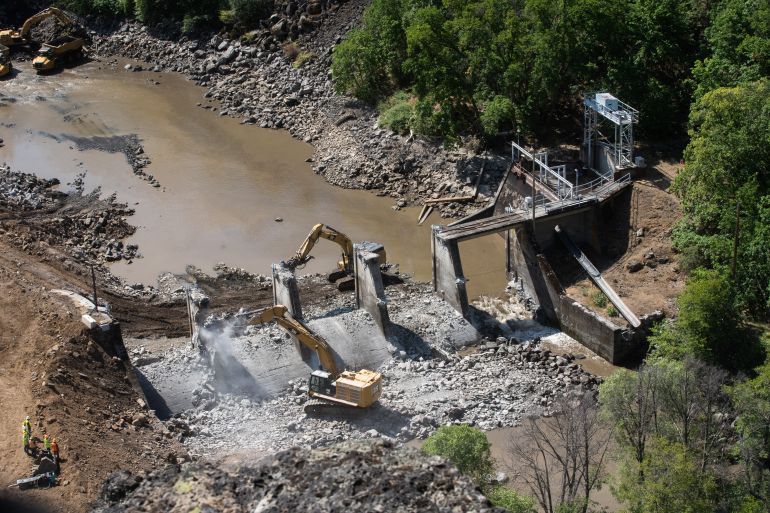
Every fall, Barry McCovey, a member of the Yurok Tribe and director of tribal fisheries, takes his four children salmon fishing on the Klamath River, the second largest river in California.
A strong salmon run normally nets his family 30 or 40 fish. It’s a supply big enough to last them all year: They freeze, smoke and can the salmon to serve either on its own or on sandwiches and crackers.
Keep reading
list of 3 itemsRestoring a culture: One Indigenous leader’s fight for her people
Occupying Alcatraz: The spark that lit the US Red Power movement
But this year, the predicted salmon run was the second lowest since detailed records began in 1978, and the fall fishing season was cancelled.
The river’s salmon population has declined due to myriad factors, but the biggest culprit is believed to be a series of dams built along the river from 1918 to 1962, cutting off fish migration routes.
Now, after decades of Indigenous advocacy, four of the structures are being demolished as part of the largest dam removal project in United States history. In November, crews finished removing the first of the four dams as part of a push to restore 644 kilometres (400 miles) of fish habitat.
“Dam removal is the largest single step that we can take to restore the Klamath River ecosystem,” McCovey told Al Jazeera. “We’re going to see benefits to the ecosystem and then, in turn, to the fishery for decades and decades to come.”
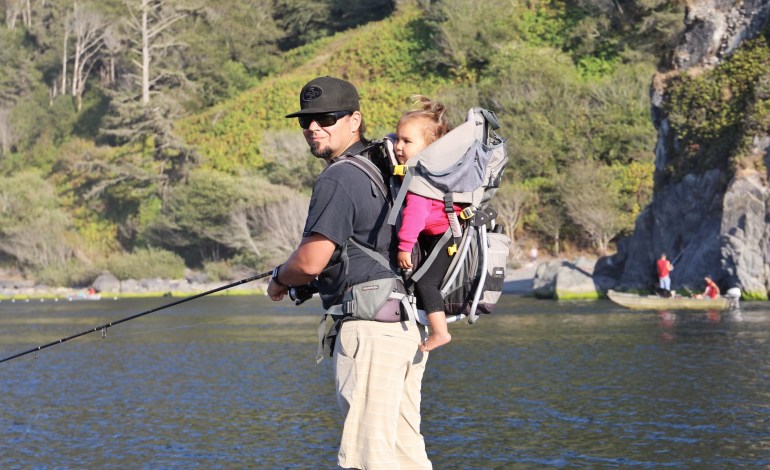
The die-off that sparked a change
The decades-long fight for dam removal began with a devastating fish kill.
For thousands of years, the Klamath River has been a cornerstone of Yurok culture, providing its people with a bounty of chinook salmon, coho salmon and steelhead trout.
But starting in the 20th century, the dams interrupted the river’s flow, pooling the water into reservoirs for use in hydroelectric power and farm irrigation.
Reservoirs, however, can cause the water to stagnate, warm and lose oxygen, according to McCovey. Those conditions, in turn, degrade the water quality and increase the spread of parasites that kill fish.
That threat ballooned into a crisis in 2002. Drought had racked the region, and farmers were pushing for more water for crops like potatoes and alfalfa. Some even wore ribbons and pins, denouncing the water restrictions as a form of “rural genocide”, threatening farmers’ livelihoods.
Facing pressure, the US Bureau of Reclamation diverted more water from the dams to agriculture. But that decision left river levels low. Soon, adult salmon were washing up dead, their gills brown with dead tissue and spotted from parasitic infections.
Critics estimate as many as 70,000 salmon perished as diseases spread through the population.
It was a turning point. The 2002 fish kill prompted tribes like the Yurok to spring into action to protect the river ecosystem and their way of life.
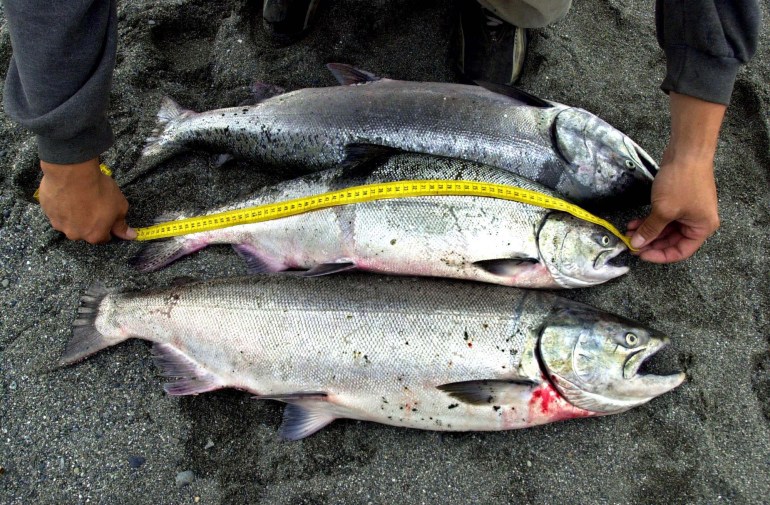
A ‘watershed moment’
Four years later, in 2006, the licence for the hydroelectric dams expired. That created an opportunity, according to Mark Bransom, CEO of the Klamath River Renewal Corporation (KRRC), a nonprofit founded to oversee the dam removals.
Standards for protecting fisheries had increased since the initial license was issued, and the utility company responsible for the dams faced a choice. It could either upgrade the dams at an economic loss or enter into a settlement agreement that would allow it to operate the dams until they could be demolished.
“A big driver was the economics — knowing that they would have to modify these facilities to bring them up to modern environmental standards,” Bransom explained. “And the economics just didn’t pencil out.”
The utility company chose the settlement. In 2016, the KRRC was created to work with the state governments of California and Oregon to demolish the dams.
Final approval for the deal came in 2022, in what Bransom remembers as a “watershed moment”.
Regulators at the Federal Energy Regulatory Commission (FERC) voted unanimously to tear down the dams, citing the benefit to the environment as well as to Indigenous tribes.
“A number of years back, I don’t think the commission necessarily spent a lot of time thinking about the impact of our decisions on tribes,” FERC chairman Richard Glick said in a public meeting to announce the decision. “I think we’re making progress on that front. Still a ways to go, but we’re making the right progress there.”
For Bransom, the chairman’s words were a “real revelation”, an acknowledgement unlike any he had heard from the commission.
“That was the first time that that agency of the United States government had ever made those comments,” Bransom said.
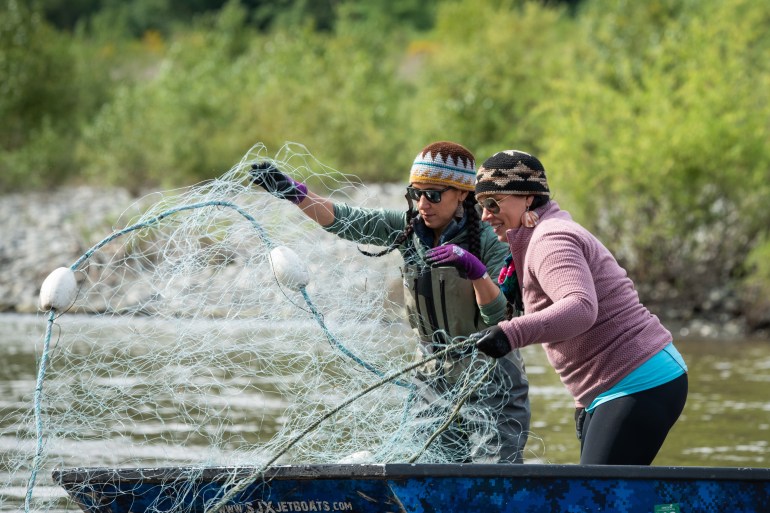
Fighting a ‘core American value’
Amy Cordalis, a Yurok Tribe member, fisherwoman and lawyer for the tribe, credits the “colonial mindset and racism” with preventing the dam demolition from happening sooner.
“Nobody believed in dam removal,” she explained. It ran contrary to the ideals many Americans were raised with: that humanity was meant to tame the natural world.
“We fought this core American value that nature is here to serve humans at whatever cost to nature,” she said. “That was the biggest thing in our way. It wasn’t people or money or law. It was that mindset.”
For Cordalis, the Klamath River is more than a waterway: It is a relative, with its own spirit. In 2019, she helped push the Yurok government to grant the Klamath legal personhood, a designation that allows tribal members to seek remedies through the justice system if the river is harmed.
Around 2018, Cordalis also became a part of the KRRC’s board — but her family’s struggle for water rights stretches deep into the past. She said her relatives have long fought pressures that would remove them from the river.
Her great-grandmother, for example, was taken to an Indigenous boarding school — a residential system designed to stamp out Native cultures and force children to assimilate into white society. She resisted those pressures, though, and ultimately returned to her community.
Then there’s Cordalis’s great-uncle Aawok Raymond Mattz, who was arrested in 1969 for illegal fishing under California state law. He took his fight to the Supreme Court, successfully arguing that the state had infringed upon the tribe’s right to fish.
“We’ve been there since the beginning of time, fishing these same runs of salmon,” Cordalis said. “For us, our cultural way of life and everything that we do revolves around being a fishing people.”
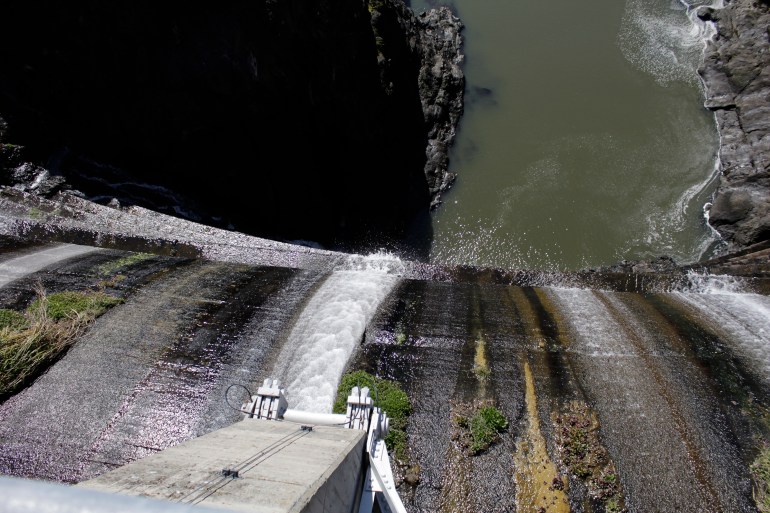
Tears of joy
Destruction of the first dam — the smallest, known as Copco 2 — began in June, with heavy machinery like excavators tearing down its concrete walls.
Cordalis was present for the start of the destruction. Bransom had invited her and fellow KRRC board members to visit the bend in the Klamath River where Copco 2 was being removed. She remembers taking his hand as they walked along a gravel ridge towards the water, a vein of blue nestled amid rolling hills.
“And then, there it was,” Cordalis said. “Or there it wasn’t. The dam was gone.”
For the first time in a century, water flowed freely through that area of the river. Cordalis felt like she was seeing her homelands restored.
Tears of joy began to roll down her cheeks. “I just cried so hard because it was so beautiful.”
The experience was also “profound” for Bransom. “It really was literally a jolt of energy that flowed through us,” he said, calling the visit “perhaps one of the most touching, most moving moments in my entire life”.
Demolition on Copco 2 was completed in November, with work starting on the other three dams. The entire project is scheduled to wrap in late 2024.
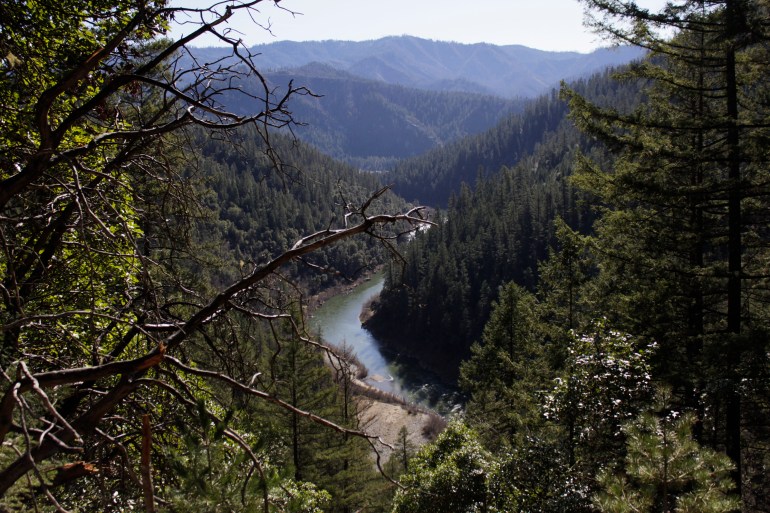
A return to family fishing
But experts like McCovey say major hurdles remain to restoring the river’s historic salmon population.
Climate change is warming the water. Wildfires and flash floods are contaminating the river with debris. And tiny particles from rubber vehicle tires are washing off roadways and into waterways, where their chemicals can kill fish within hours.
McCovey, however, is optimistic that the dam demolitions will help the river become more resilient.
“Dam removal is one of the best things we can do to help the Klamath basin be ready to handle climate change,” McCovey explained. He added that the river’s uninterrupted flow will also help flush out sediment and improve water quality.
The removal project is not the solution to all the river’s woes, but McCovey believes it’s a start — a step towards rebuilding the reciprocal relationship between the waterway and the Indigenous people who rely on it.
“We do a little bit of work, and then we start to see more salmon, and then maybe we get to eat more salmon, and that starts to help our people heal a little bit,” McCovey said. “And once we start healing, then we’re in a place where we can start to help the ecosystem a little bit more.”
Already, McCovey is looking ahead to the spring salmon migration – and the possibility of returning to his family fishing traditions with his kids.
“My hope is that next year, we’ll see a better fish run, and we’ll be able to go fishing and hopefully catch the fish that we need.”